Data Mining Analysis with XL Miner
VerifiedAdded on 2020/03/15
|7
|739
|219
AI Summary
This assignment delves into data mining techniques using XL Miner. It analyzes association rules based on customer purchase behavior and demonstrates hierarchical clustering to group customers into distinct segments. The analysis highlights the importance of considering confidence intervals in rule generation and explores how normalization impacts distance calculations in clustering. The assignment concludes by discussing cluster targeting and offer strategies based on identified customer groups.
Contribute Materials
Your contribution can guide someone’s learning journey. Share your
documents today.
1 out of 7

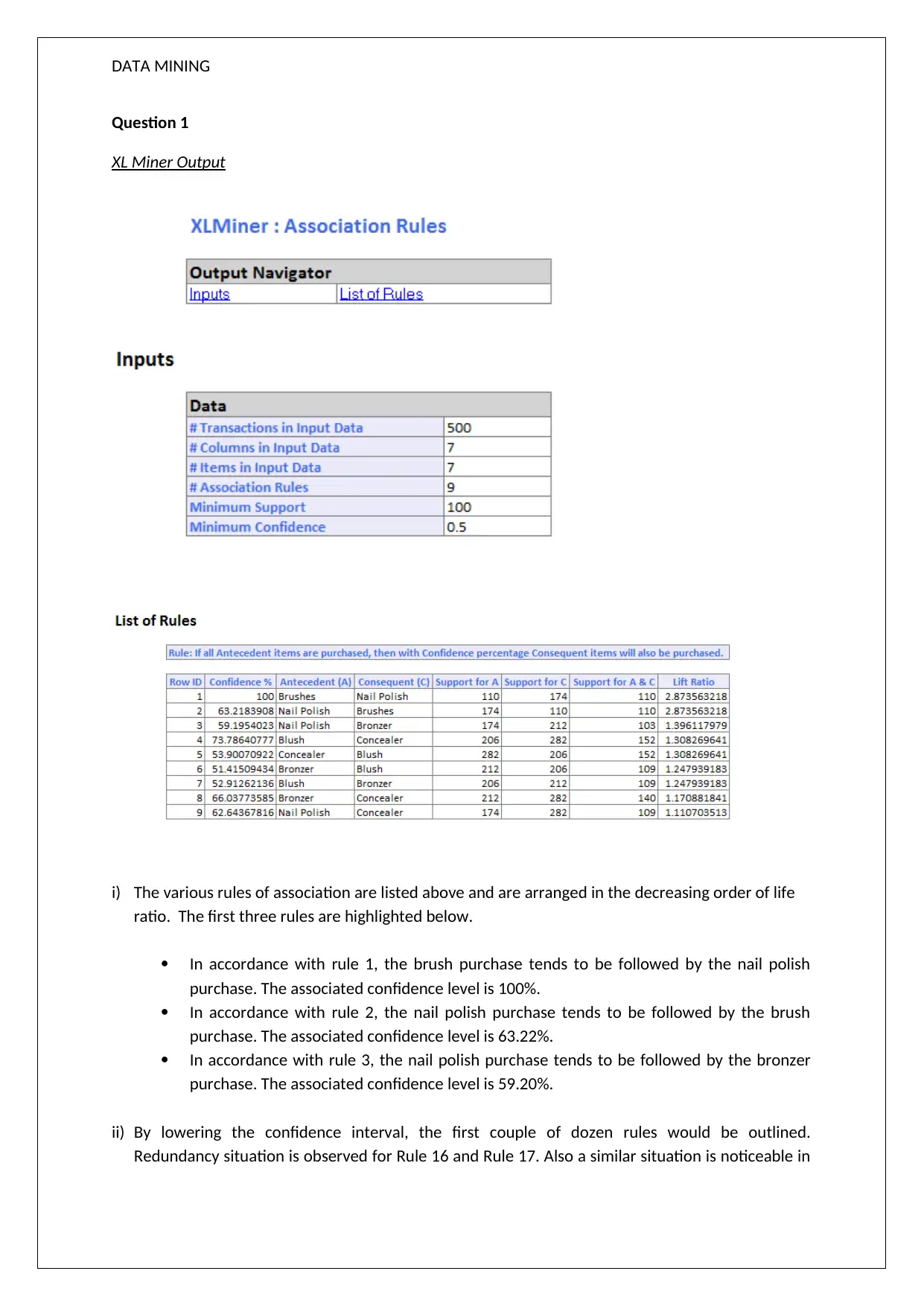
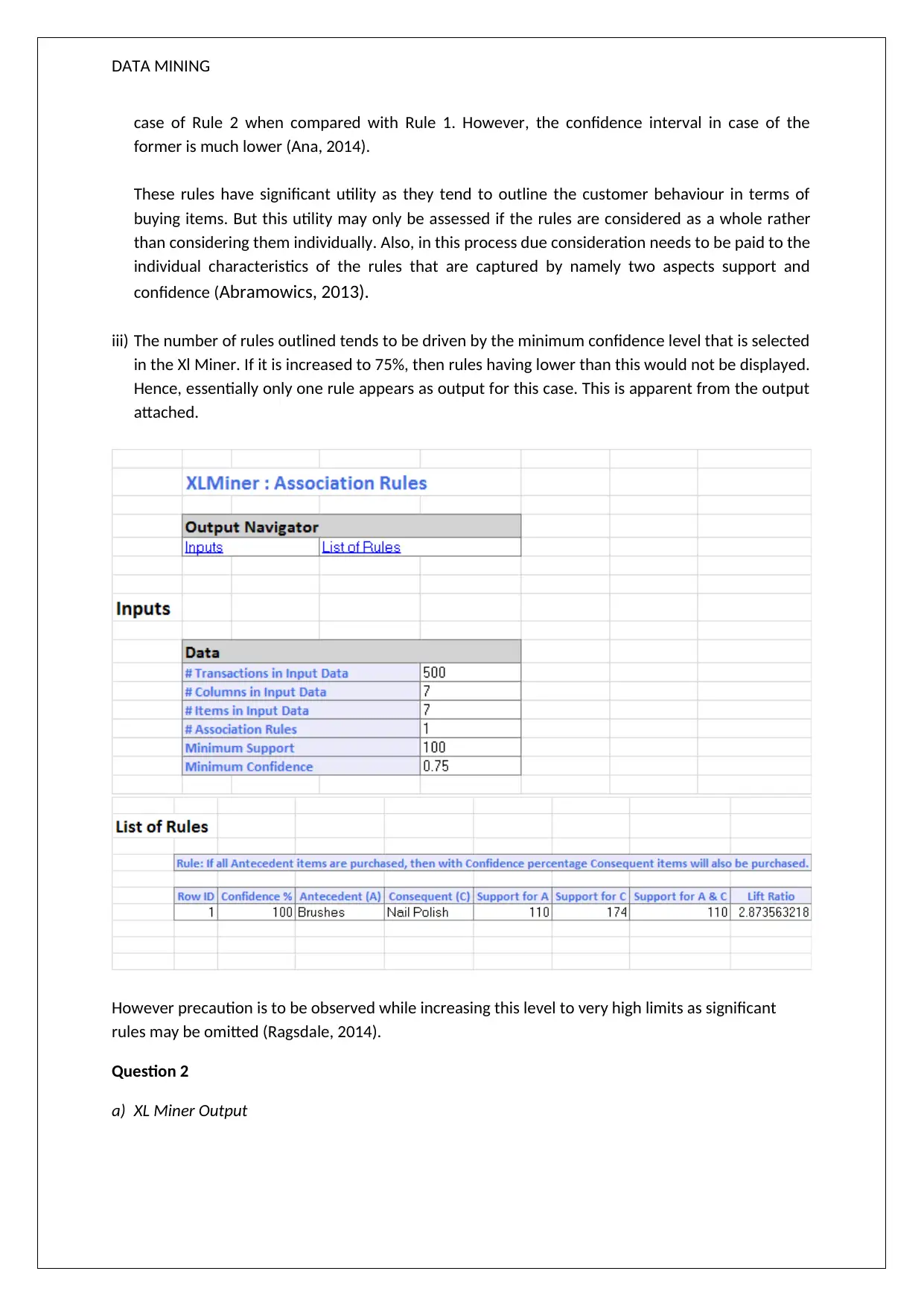
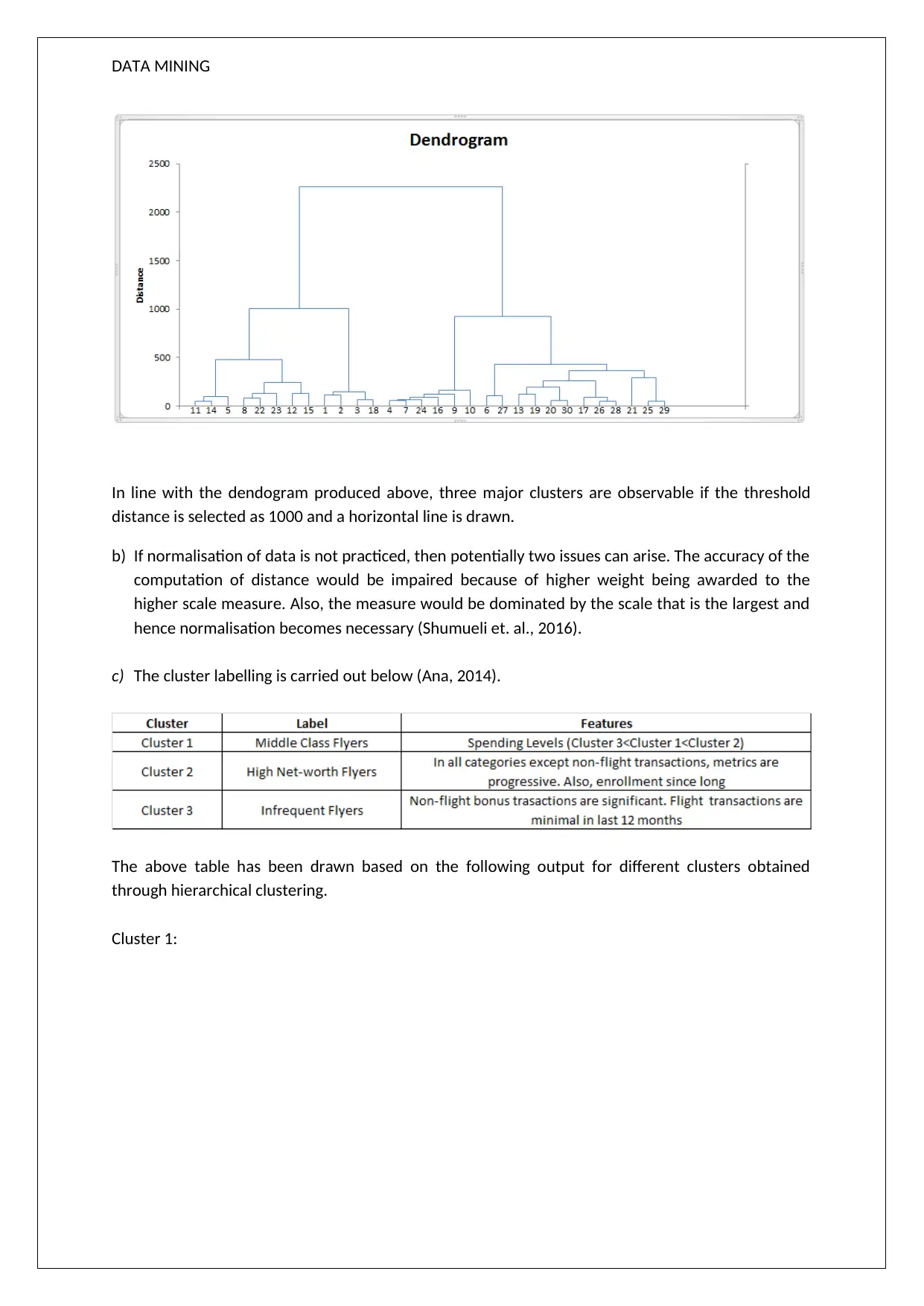
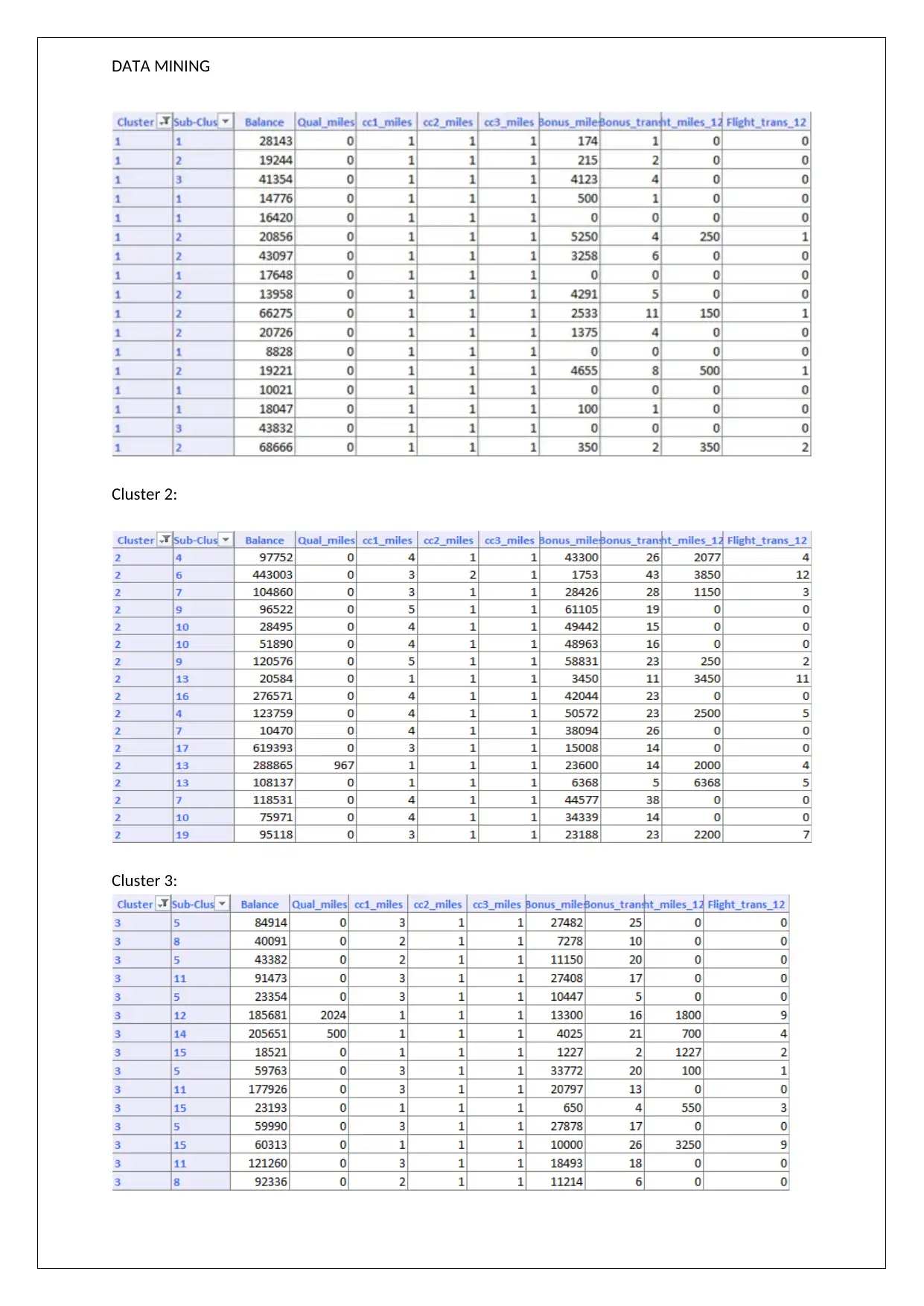
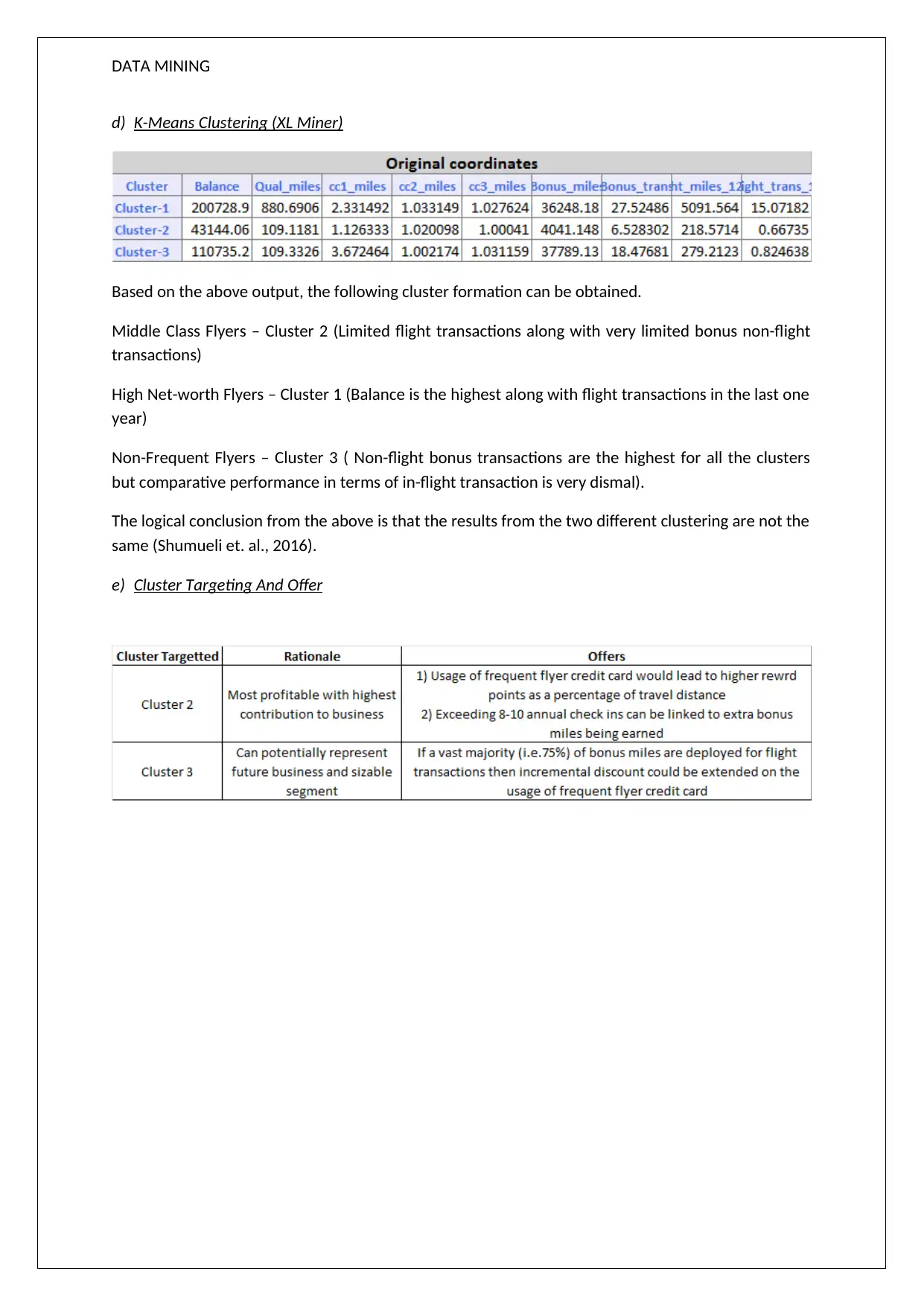
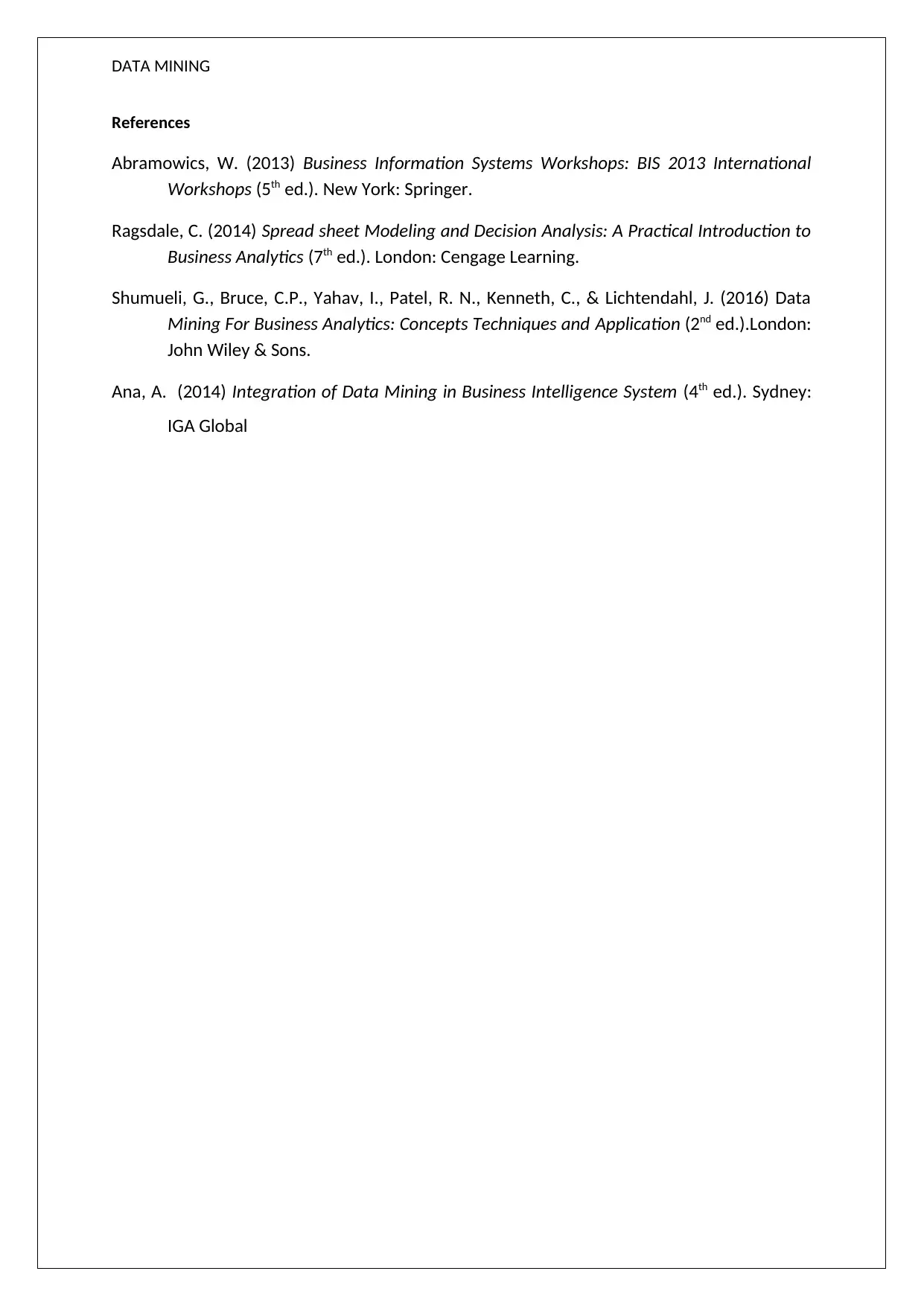






![[object Object]](/_next/static/media/star-bottom.7253800d.svg)